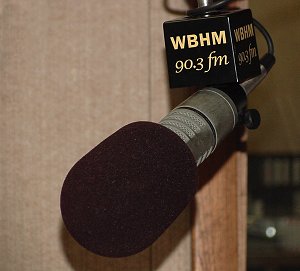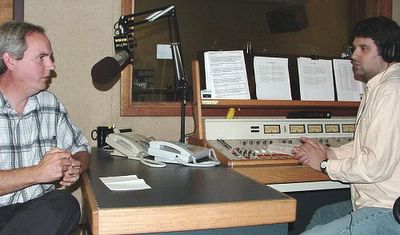
Today was the first time I felt well enough to ride a roadbike since havinggotten sicklast month. It was only 26 miles, but it felt great to have my full lung capacity and energy back.

Continuing with the Italian theme, I took Francesco - my fixed gear stallion. How happy he was, basking in the precious minutes of sunshine in between thunderstorms.

Riding a fixed gear roadbike is an experience that fills me with a special kind of enjoyment - I think because it combines the sensations of walking and flying (fly-walking?).

I was worried that I might be too out of shape to make it, but I had forgotten how comfortable Francesco is. The 26 miles of pedaling felt like a stroll in the park. Although, I have learned by now that even if I feel "fine" riding fixed gear while I am actually doing it, it does take more out of me than a free-wheel bicycle. I usually sleep longer after such a ride, and sometimes I am sore the following day.

One thing that has improved my comfort level with fixed gear cycling considerably, are these "fixie"
Power Grips. I wrote about the standard
Power Grips here, and since my initial review I have become addicted to these things. The fixed gear version differs from the standard model, in that it makes it easier to insert and remove your feet while pedals are in motion. I cannot tell what it is about the design that makes this possible, but none the less it seems to work. I insert my right toe at the starting position and start cycling slowly while nudging the left pedal with my left toe - then swiftly insert the toe into the left grip on the first stroke. After some practice this became a familiar and instinctive sequence of movements - though it definitely helped that I was already comfortable using this system on a free-wheel bike prior to trying it on a fixed gear.

Now that I am able to use foot retention on this bicycle, I am no longer apprehensive about cycling over bumps and potholes or going downhill at high speeds. The experience is pretty much perfect and very enjoyable. One thing in particular I have noticed, is how easy it is for me to ride "in the drops" - Francesco almost seems more stable when the handlebars are held this way than higher up. Is that possible?

And another interesting thing: I find it much, much easier to get out of the saddle and pedal standing up on Francesco than I do on my other bicycles. Is it the fixed-gearness that is facilitating this or the geometry? As I've mentioned before, I have a terrible sense of balance, and that is what I believe normally prevents me from pedaling while standing up. But on this bicycle, it seems not to matter.

It rained on and off for the duration of our ride, and the colourful leaves strewn over the trail turned into a mess of a slippery carpet. Was I so excited to be riding Francesco that I began to imagine things, or is it easier to ride in slippery conditions on a fixed gear bike? I have read comments about traction before, but I admit that I don't understand them. Could somebody explain it in layman's terms?

As I prepare for some more pruning of my bicycle overgrowth, it is clear to me that I "need" a fixed gear roadbike. So while I am now considering selling my
Trek- which has been fun, but not essential - I will definitely be keeping the
Francesco Moser.

In the long run, however - maybe a couple of years from now - I will probably want to replace it with a "real" fixed gear bicycle. Mainly, this is because the
Moser's bottom bracket is not as high as it should be - and even though my lean on turns is not aggressive enough to warrant worrying about pedal strike yet, it would be better if this wasn't even a potential issue.

But for now,Francesco is my dashing Italian gentleman and I thank him for my happy feet.
 Looking at this snapshot of the beach in South Boston, I realise that the frame colour and the lug outlining are similar to the colours of the sea and sand in New England - which is probably what attracted me to the early René Herse aesthetic to begin with.
Looking at this snapshot of the beach in South Boston, I realise that the frame colour and the lug outlining are similar to the colours of the sea and sand in New England - which is probably what attracted me to the early René Herse aesthetic to begin with.




 The caption under this picture in the display reads: “Men of the 9th Indiana, a regiment of Hazen's brigade in the Army of the Ohio, in camp before the battle.”
The caption under this picture in the display reads: “Men of the 9th Indiana, a regiment of Hazen's brigade in the Army of the Ohio, in camp before the battle.” 











 me in the hat and pink shirt. It was very crowed but I expected that. you could get up near the horses for photos. Had to say back 5 feet and lots didn't seem to know how far 5 feet was. Then they would drive the horses in a big circle around the parking lot and the trucks, then stop for more photos.
me in the hat and pink shirt. It was very crowed but I expected that. you could get up near the horses for photos. Had to say back 5 feet and lots didn't seem to know how far 5 feet was. Then they would drive the horses in a big circle around the parking lot and the trucks, then stop for more photos.








 From the back of the wagon.
From the back of the wagon.

